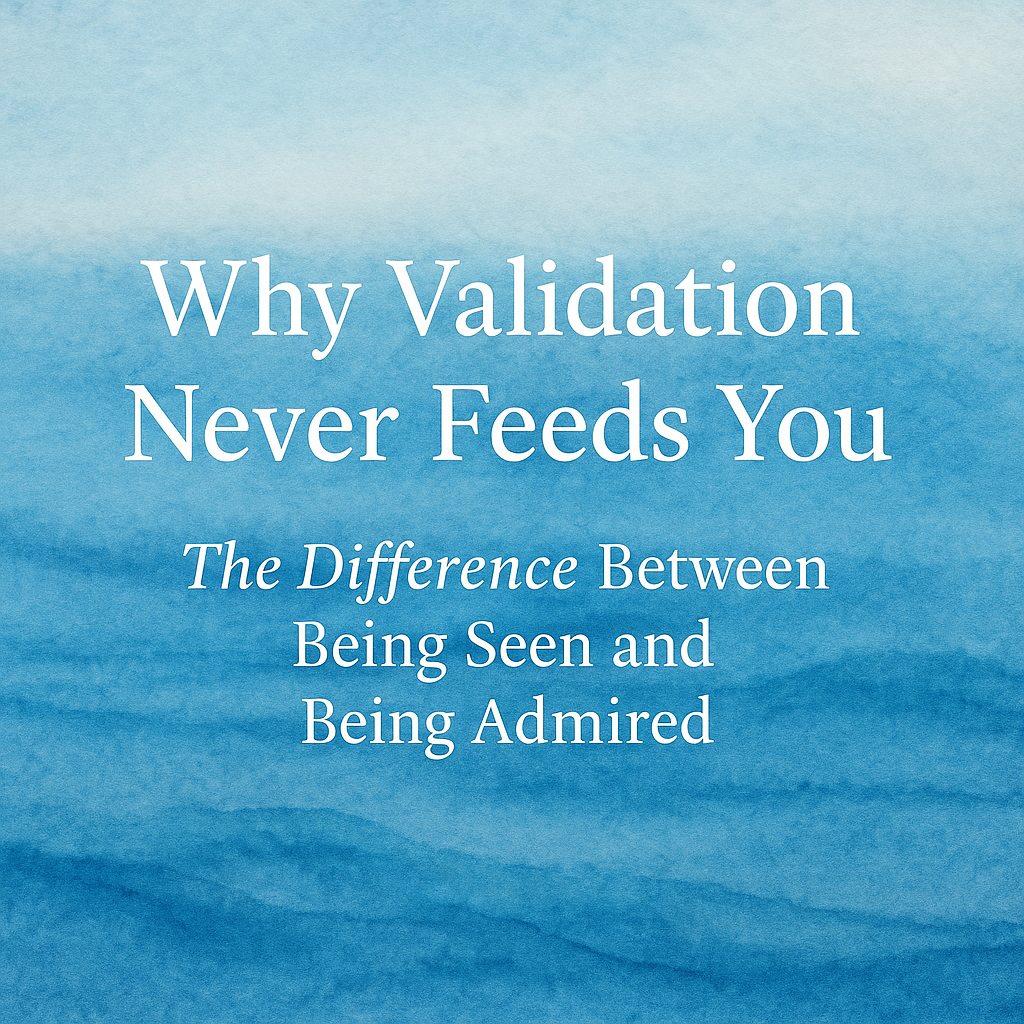We’ve all heard it before: “Everything happens for a reason,” “Just stay positive,” or “Look on the bright side.” These phrases, though intended to soothe, often serve to defend against discomfort—both for the speaker and the listener. For those navigating grief, traumaTrauma refers to the emotional and psychological response to a deeply distressing or disturbing even..., or profound transitions, such messages can feel alienating, as if their pain is too much for others to bear.
Toxic positivity emerges from our collective discomfort with suffering. It is the unconscious defense against vulnerabilityVulnerability refers to the willingness to expose one’s feelings, thoughts, and experiences in a g..., the need to deny or avoid pain in ourselves and in others. In this blog, we’ll explore toxic positivity through a psychodynamic lens: how it reflects deeper cultural and intrapsychic dynamics, and how authentic, emotionally attuned support fosters deeper healing.
Understanding Toxic Positivity
Toxic positivity often takes root in everyday moments: a friend responding to your grief with “At least you had time with them,” or an Instagram post chirping, “Good vibes only.” Beneath these surface interactions lies a more complex dynamic—an aversion to the rawness of emotional pain and the unconscious need to restore order in the face of psychic rupture.
These interactions reflect the broader cultural superego—internalized norms that define what feelings are “acceptable.” In this view, joy and gratitude are prized, while grief, anger, and despair are pathologized. But the psyche is not a simple dichotomy of good and bad feelings; it is a complex interplay of unconscious and conscious material, yearning for integration.
There is a key difference between hope that coexists with sorrow and denial masquerading as encouragementEncouragement in group therapy refers to the positive reinforcement provided by the facilitator and .... While optimism allows for complexity, toxic positivity functions as a form of repressionRepression is a defense mechanism where individuals unconsciously push distressing thoughts and memo.... It can originate in early relational patterns where caregivers were unable to tolerate or reflect back distress, leading us to internalize the message that difficult emotions must be hidden or denied.
The Psychological Harm of Forced Positivity
When we silence our emotional pain, it doesn’t disappear—it descends into the unconscious, where it may resurface as anxiety, depression, or somatic symptomsSomatic Symptoms refer to physical manifestations of psychological distress, such as headaches, stom.... The psyche, in its wisdom, seeks to metabolize grief and trauma through expression, not suppression.
For those recovering from trauma or in mourning, forced positivity can feel like a reenactment of emotional abandonment. The message is implicit: your pain is too much. This retraumatizes rather than heals. It creates a split in the self between the acceptable persona and the hidden, suffering parts that long for recognition.
Toxic positivity can also reinforce shame, a deeply embedded emotion tied to early experiences of emotional misattunement. Shame whispers that we are defective for feeling what we feel,
leading to internalized judgment and isolation. In a psychodynamic frame, this impedes the development of a cohesive and integrated self.
Emotions like rage, sorrow, and fear are not pathological—they are messengers from the unconscious, often rooted in earlier relational wounds. They alert us to unmet needs, to the reality of loss, to the necessity of mourning. To honor these emotions is to engage in the lifelong work of making the unconscious conscious.
What Actually Helps: A Depth-Oriented Approach
What helps is not dismissal, but presence. What heals is not cheerleading, but attunement. From a psychodynamic perspective, emotional validationEmotional Validation involves recognizing and affirming a client's feelings and experiences as legit... is not merely a technique—it is a corrective relational experience. It offers what might have been missed early on: an empathic other who can bear witness without needing to fix or flee.
Consider the difference between “At least you…” and “That sounds deeply painful.” The former forecloses emotional truth; the latter opens a space for the self to emerge. To hold space is to become a container—not for solutions, but for emotional process. It is to tolerate ambiguity, ambivalenceAmbivalence refers to the coexistence of opposing feelings or attitudes toward a person, situation, ..., and the unresolvable.
Using “and” instead of “but” reflects a non-defensive stance: “You are trying so hard, and this is still so painful.” This mirrors the duality we often carry—the capacity to function and the reality of suffering. In psychoanalytic language, it honors the multiplicity of the self.
MindfulnessMindfulness in CBT involves focusing on the present moment without judgment. It helps individuals be..., when practiced with emotional depth, supports this integration. It is not about transcending emotion but about being with it, making room for it in awareness. Unlike toxic positivity, mindfulness does not reject pain; it approaches it with curiosity and compassion.
Helpful phrases that reflect a depth-oriented approach include:
· “I’m here and I’m not going anywhere.”
· “It makes sense that this hurts.”
· “You don’t have to make this easier for me.”
· “Let’s just sit with what is, together.”
Supporting Others Through Difficult Times
To be truly present with another in pain is to engage in a relational act of depth. It is to allow their unconscious material to surface without imposing your own. Silence, attunement, and humility often say more than any rehearsed line.
Avoid the reflex to interpret, to suggest meaning, or to search for silver linings. These often arise from our own anxiety in the face of suffering. Instead, listen with your whole self. Let the other be the author of their experience.
When suggesting professional help, approach with care: “Would it feel okay to talk with someone who could help you hold all of this?” Therapy offers a space where the psyche is
allowed to unfold, where defenses can be gently understood rather than challenged, and where deeper truths can be spoken.
Moving Forward with Authentic Hope
Hope, in its authentic form, arises not from denial but from integration. As we allow the full spectrum of emotion, we reclaim the parts of ourselves that were once exiled. This is the path of healing—not toward superficial cheer, but toward wholeness.
Therapy, particularly relational and psychodynamic work, offers a holding environment where these processes can deepen. In this space, we begin to rewrite internal narratives, understand longstanding patterns, and relate to ourselves with greater compassion.
ResilienceResilience is the ability to adapt and recover from adversity and trauma. Building resilience is ess... is not the absence of pain, but the capacity to remain connected to our inner world even in the midst of it. This is the fruit of emotional honesty and relational depth.
Your pain deserves a witness. Your feelings matter—not just the bright ones, but all of them. Healing begins when we stop trying to be okay and start allowing ourselves to be whole. In that honesty, we find not only support, but self-connection, and from that place, transformation becomes possible.





